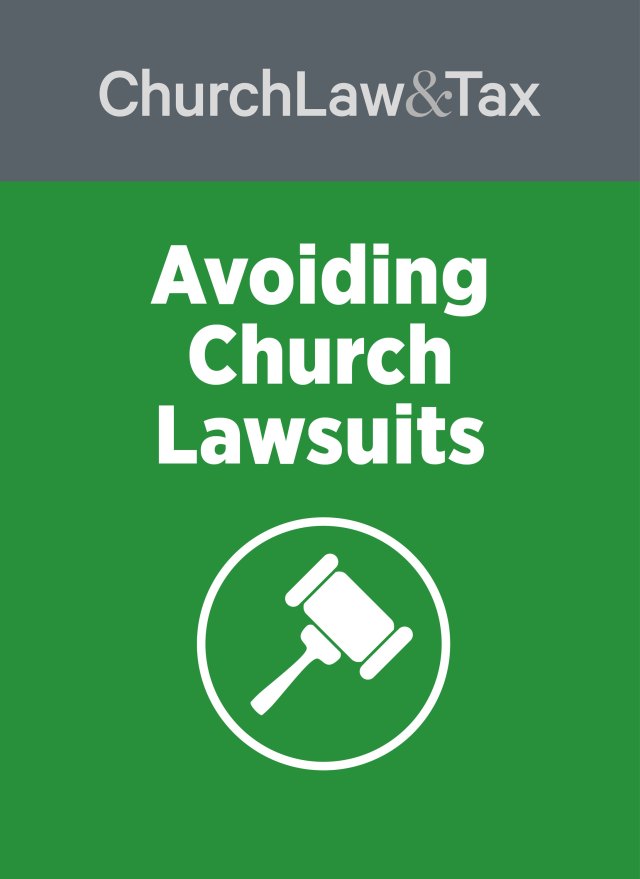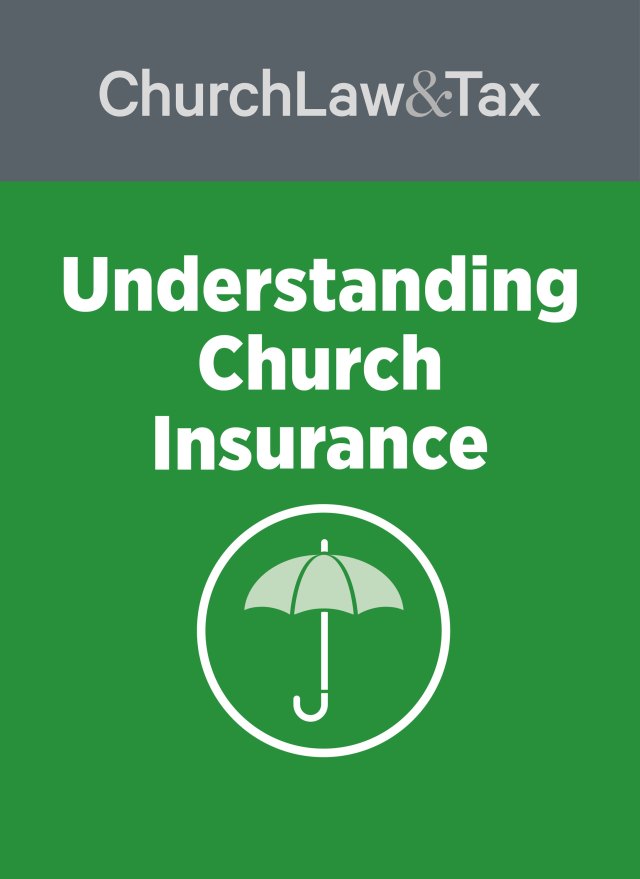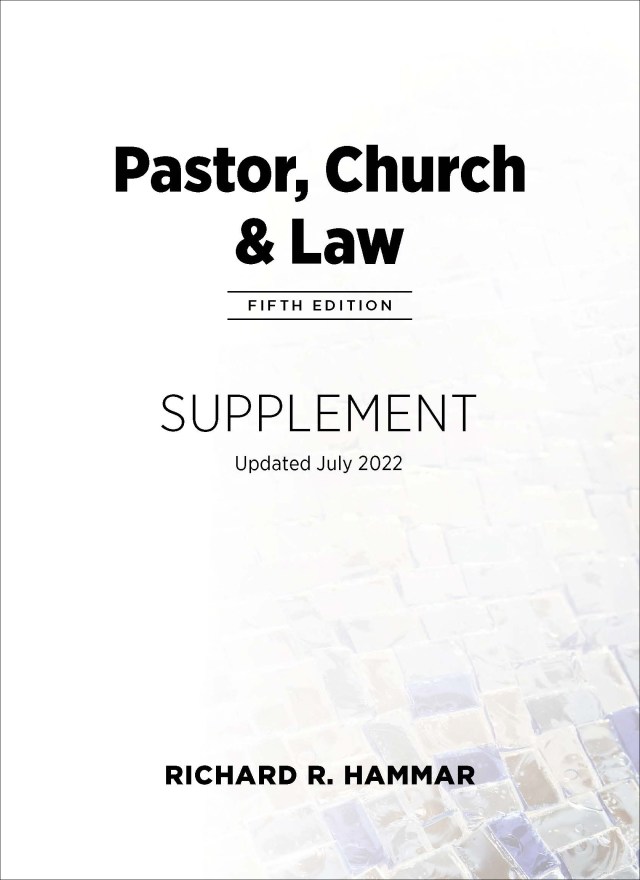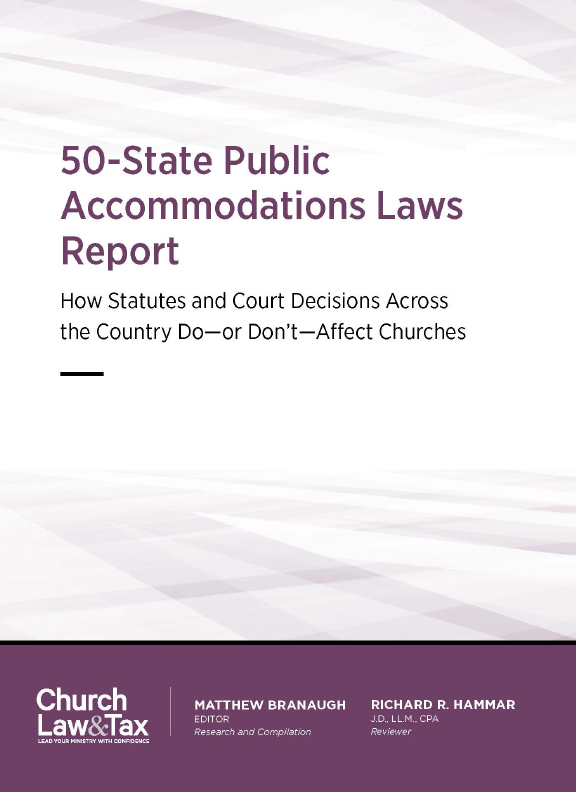Key point. A church should understand three things about liability for environmental damages to a neighboring property: (1) such damages often are excluded from coverage under conventional liability insurance policies; (2) churches should not acquire property by purchase or gift without conducting an environmental site assessment; (3) churches might be protected by satisfying certain requirements under the Comprehensive Environmental Response, Compensation, and Liability Act.
A Connecticut appeals court ruled that two churches jointly owning property could be responsible for environmental damage they caused to a neighboring property due to a leaking fuel tank.
Background
A man (the plaintiff) purchased residential property in 2004. In preparation for his purchase, he hired a home inspection company to perform an inspection. The inspector noted that there was minor oil seepage from an oil tank in the plaintiff’s basement, and that there was a strong odor of fuel oil.
Since 1951, two neighboring churches (the defendants) have jointly owned property abutting the plaintiff’s property. In 2006, the defendants removed a 550-gallon underground oil tank located approximately four feet from the plaintiff’s property. They replaced it with a 275-gallon above-ground steel tank, which was placed in their building’s basement.
After heavy rains in the spring of 2009, a neighbor noticed oil coming from a pipe that carried excess water from the plaintiff’s basement sump pump to the walkway in front of the plaintiff’s house. The neighbor called the fire department, which shut off the sump pump.
Eventually, the Connecticut Department of Energy and Environmental Protection (department) became involved. The supervising environmental analyst for the department’s remediation division conducted an investigation of potential contamination of the defendants’ property.
The department completed a limited subsurface investigation report in which it noted that it had found the presence of fuel oil in the soil and in the groundwater of the properties.
The report concluded that the oil being released from the sump pump in the plaintiff’s basement originated from the underground oil tank that had been removed from the defendants’ property. The report also concluded that it could not rule out a secondary source for the soil contamination in the plaintiff’s basement.
The department requested that the defendants retain an environmental consultant to assist in further investigation and remediation of contamination on the properties.
The defendants hired a local environmental contractor to excavate the area where the underground storage tank had been located. In 2011, the contractor removed approximately ten tons of contaminated soil and placed it under a polyethylene cover on the paved driveway of the plaintiff’s property.
The defendants also hired another firm to investigate the properties and develop a remediation plan. The defendants hired the company that had removed their underground tank to remediate the contaminated soil. The company excavated soil from a depth of approximately eight feet, beginning at the location of the former oil tank.
Evidence of soil contamination, including odors and elevated organic vapor readings, was noted from approximately five and one-half feet to eight feet below the ground throughout the excavation area. Soil samples were collected, however, and testing of the samples confirmed the existence of distilled home heating oil, a type of fuel oil, in excess of the department’s remediation criteria. The company concluded that there remained significant concentrations of petroleum in the soil near the plaintiff’s home and garage. The company further concluded:
- the source of the contamination under the home and in the soil adjacent to the home and garage was the defendants’ former underground oil tank,
- it would take tens of years for the petroleum to degrade to a safe level, and
- the cost of excavation and disposal of the remaining contaminated soil could exceed the value of the plaintiff’s property.
The Plaintiff sues the churches for ongoing contamination
The defendants declined to pay for any additional remediation costs, including those recommended by the department.
In 2016, the plaintiff sued the defendant churches for the ongoing contamination of the soil, groundwater, and the basement on the plaintiff’s property. Following several days of testimony by environmental experts, a jury returned a verdict in favor of the defendants.
The plaintiff immediately appealed. A state appeals court reversed the trial court’s ruling and ordered the case to proceed to a new trial. It reasoned that the trial court’s decision was “clearly erroneous and . . . legally unsound.”
What this means for churches
This case illustrates the potential liability a landowner faces if its actions result in environmental damage to neighboring properties. Here are a few things church leaders should do or keep in mind.
Find out if your church has coverage for environmental damage
Environmental damages often are excluded from coverage under conventional liability insurance policies, meaning that a landowner may be responsible for some or all costs of remediation. Check with your church’s insurer to see if this coverage can be provided.
Don’t purchase or accept a gift of land without an environmental site assessment
Churches should not acquire property by purchase or gift without conducting an environmental site assessment to determine if contamination is present. In general, this assessment provides answers to many of the questions regarding potential cleanup costs and environmental liability associated with contaminated properties. Potential buyers of a contaminated site may reduce their liability if the appropriate environmental site assessments are performed prior to purchase.
Phase I of an environmental site assessment aims to identify recognized environmental conditions that may be further investigated through a phase II assessment. If the phase I assessment does not identify any recognized environmental conditions, a phase II assessment is not needed. If a phase I assessment identifies any recognized environmental conditions, a phase II assessment may be conducted.
Understand the “innocent landowner defense”
Historically, under the Comprehensive Environmental Response, Compensation, and Liability Act (CERCLA, commonly known as Superfund), the current or former owner of a contaminated property could be held responsible for the property’s cleanup, based solely on current or prior ownership (i.e., the contamination is noted in the chain of title). As a result, parties that wanted to purchase contaminated properties were often concerned about incurring Superfund liability once they acquired the property.
To address this concern, CERCLA was amended in 1986 and 2002 to create an “innocent landowner defense.” However, the 2002 CERCLA amendments clarified the “innocent landowner defense” to require the landowner to meet a set of continuing obligations.
CERCLA distinguishes three types of innocent landowners. The one most relevant to churches pertains to purchasers who acquire property without knowledge of contamination and who have no reason to know about the contamination.
However, note that persons desiring to qualify as innocent landowners must perform “all appropriate inquiries” prior to purchase and cannot know, or have reason to know, of contamination in order to have a viable defense as an innocent landowner. The 2002 amendments amended the innocent landowner defense by elaborating on the “all appropriate inquiries” requirement.
In some cases churches will be protected by the innocent landowner defense to environmental contamination claims, but this assumes that they satisfy the “continuing obligations” and “all appropriate inquiries” requirements. These are highly technical matters for which legal counsel is essential. Crouzet v. First Baptist Church, 239 A.3d 321 (Conn. App. 2020)




